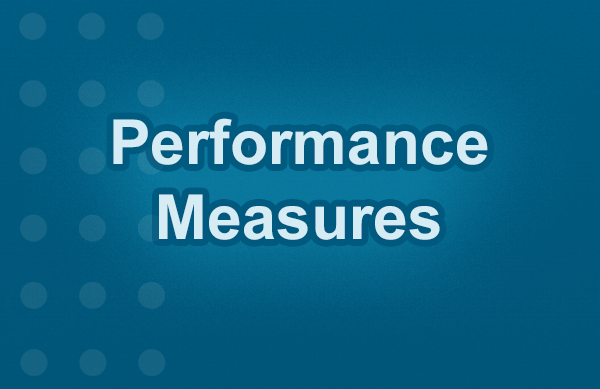Performance Measures


States can use these performance measures in their Highway Safety Plans and Annual Reports.


States can use these performance measures in their Highway Safety Plans and Annual Reports.
GHSA worked with NHTSA to identify three sets of performance measures for states: general traffic safety performance measures, bicycle performance measures and traffic record systems performance measures.
Traffic Safety Performance Measures for States and Federal Agencies covers the minimum set of performance measures to be used by states and federal agencies in the development and implementation of behavioral highway safety plans and programs. Fourteen measures are outlined: 10 core outcome measures, one core behavior measure and three activity measures.
NHTSA's State Traffic Safety Information (STSI) provides state-by-state FARS data that states will need for their traffic safety performance measures.
Below are three recommended SAMPLE targets (based on Maryland data) that states can use to draft their own bicycle performance measure.
A maintenance goal is also permissible: Maintain bicycle fatalities from 1 (2010-2012 average) to 1 by December 31, 2015.
Model Performance Measures for State Traffic Records Systems is a collection of 61 voluntary model measures to help states monitor and improve the quality of the data in their traffic records systems. It covers all six traffic records systems: crash, driver, vehicle, roadway, citation/adjudication and EMS/injury surveillance. It also provides basic definitions for the six critical performance attributes: timeliness, accuracy, completeness, uniformity, integration and accessibility.